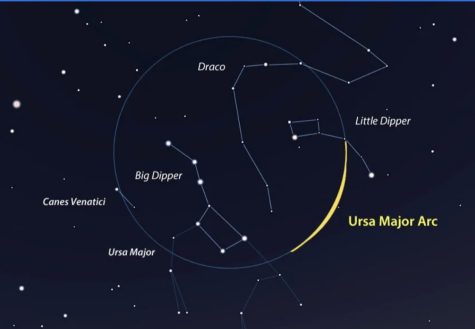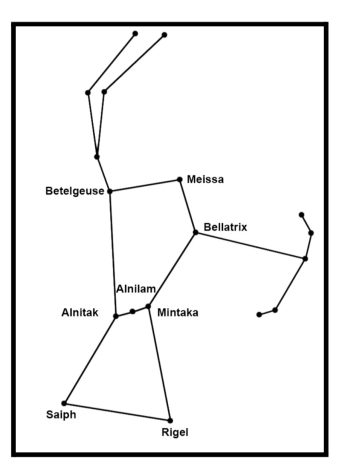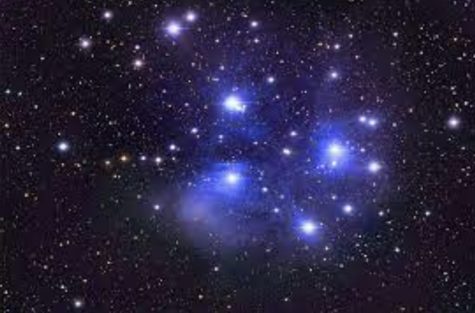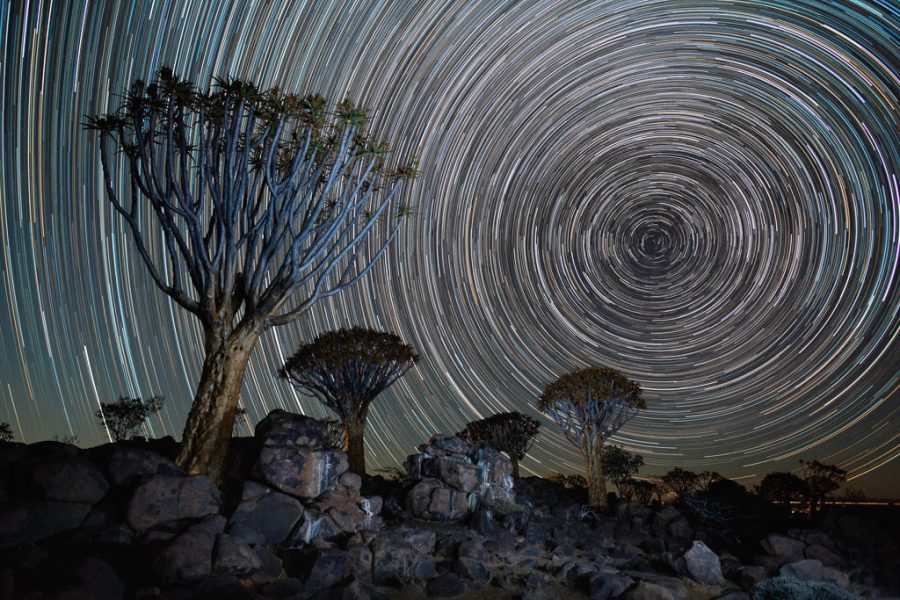A Beginner’s Guide To Star-Gazing
March 25, 2023
If you’re the type of person who is enamored with space, or even if you’re not, almost everyone enjoys looking up at night and seeing the specks of white that paint the dark sky. Though, sometimes it’s difficult to see the well-known shapes that they make out. 
Known for their famous pot-like shapes, the Big Dipper and the Little Dipper, also known as Ursa Major and Ursa Minor, are some of the most popular constellations known today. Found in the northern half of the sky, Ursa Major, or the “Great Bear” in Latin, is seen all year long in the Northern Hemisphere. The Little Dipper, or the “Little Bear” in Latin, can be found around the same area as its larger counterpart. On the end of this constellation’s tail lies an old wayfinder for the North, The North Star.
 Another well-known constellation, and my personal favorite, is Orion’s Belt. Apart of the larger constellation of Orion, the belt is the most distinguishable part due to its recognizable row of three stars: Alnitak, Alnilam and Mintaka. The story of Orion is told in various ways throughout Ancient Greece, but they all contain the same type of plot. Orion was a great hunter who was placed in the sky upon his death. The gods felt sorry for him and placed him next to his faithful companions Canis Major and Canis Minor.
Another well-known constellation, and my personal favorite, is Orion’s Belt. Apart of the larger constellation of Orion, the belt is the most distinguishable part due to its recognizable row of three stars: Alnitak, Alnilam and Mintaka. The story of Orion is told in various ways throughout Ancient Greece, but they all contain the same type of plot. Orion was a great hunter who was placed in the sky upon his death. The gods felt sorry for him and placed him next to his faithful companions Canis Major and Canis Minor.
Another favorite of mine is the Seven Sisters star cluster, also referred to as the Pleiades star cluster. For me, this one is pretty easy to find, if you look around Orions Belt, you’ll see a small clump of stars that looks to be in somewhat of a shape of a pot; don’t get this one mixed up with one of the Dippers, even though they look similar. In the Kiowa Native American Tribe, the story of the Seven Sisters goes like this: One day, seven young girls were playing around the rocks that were north of their village. Though one girl separated from the group temporarily, and in her attempt to go back to them, she heard a loud noise and saw a bear that looked to be the size of 15 men. The bear had grown hungry and begun to chase the girl, which caused her to run back to her sisters. As the bear ran towards them, they decided to climb up a nearby rock in order to escape the bear. Though the rock was too short, the girls pleaded to The Great Spirit, who heard their calls and caused the rock to grow and grow up into the sky, which is now known as Devil’s Tower in WY. Upon reaching the great heights, the girls transformed stars and are now known as the Seven Sisters. 
Outside of stars and constellations, it’s pretty easy to see the planets of our solar system, but one that’s easy to identify with our naked eye is Mars. Known as the Red Planet, Mars is the last of the terrestrial planets that orbit the sun. Located near our moon, the red tint of Mars is pretty apparent on a clear night.
The largest and first gas giant in the order of planets, Jupiter is also one of the easiest planets to spot with the naked eye at night. In the same general direction as Mars, Jupiter is a bright “star” that is eye-catching on cloudless nights. It doesn’t have a color tint to it, but it’s bright enough to make its presence clear when you’re glancing into the night sky.








